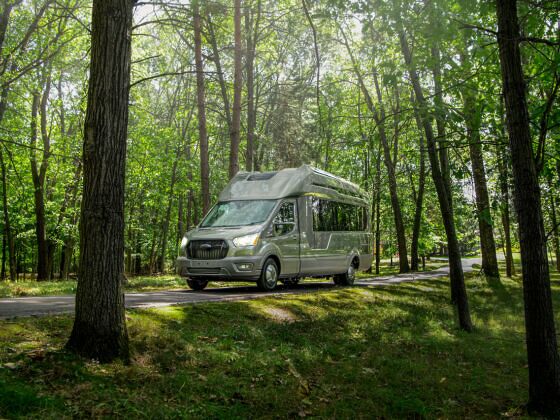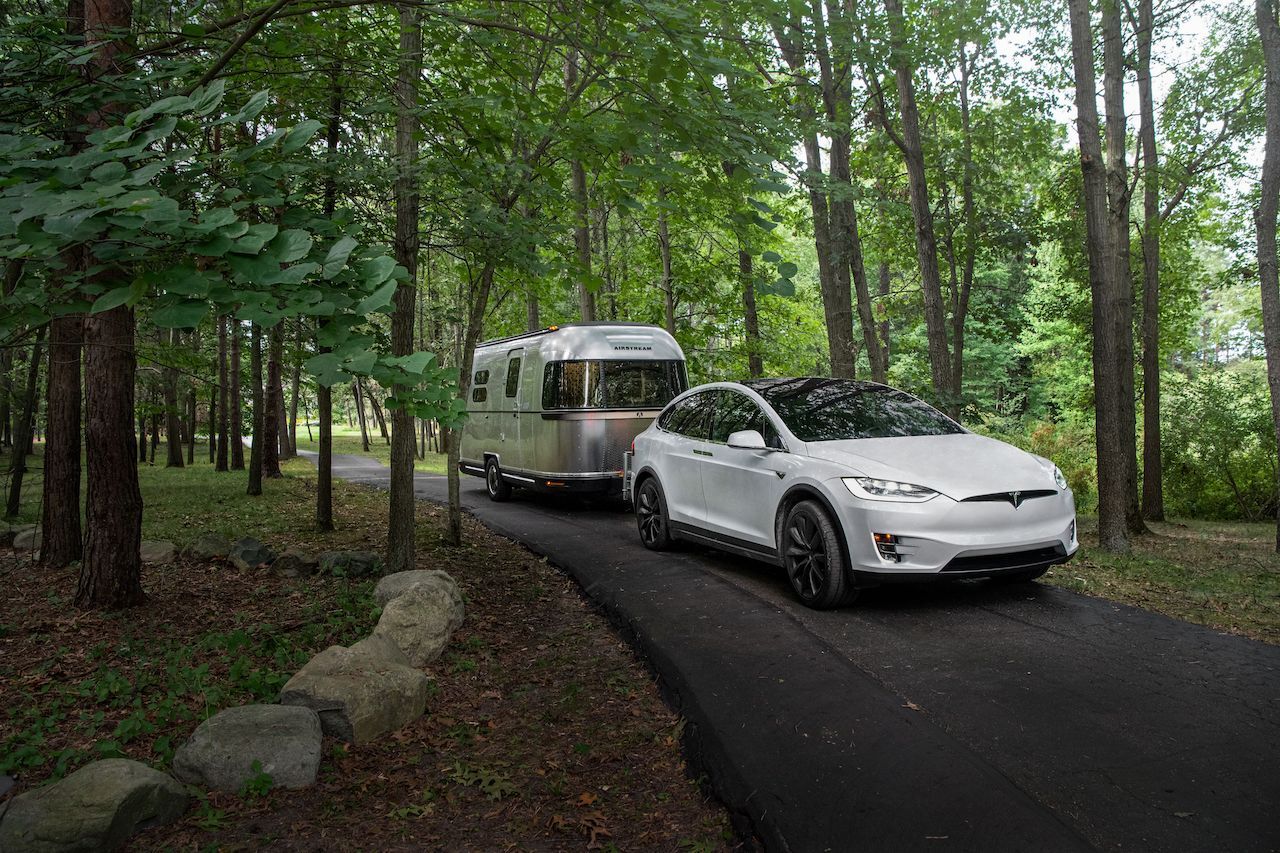The Florida RV SuperShow is a highly anticipated, if normally predictable, annual event. Each year, RV makers promote new models and features, travel companies hawk everything from gear to camping passes, and recreational vehicle enthusiasts from around the country gather for a few days of frenzied four-wheel revelry.
The 2022 edition of the show, underway now at the Florida State Fairgrounds in East Lake-Orient Park, has already been an anomaly.

